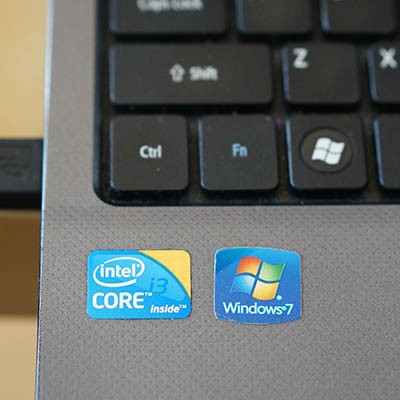PCSOFT Blog
These Are the Last Days of Windows 7
Microsoft is just days away from retiring not just one, but two of its most popular operating systems. The software giant has made a point to run a major campaign warning people who are still using Windows 7 that they are going to lose support after the January 14, 2020 deadline; but, as of this writing, there are still over a quarter of desktop users running the software. With the deadline looming, we thought we’d look at what this means for users and go through some of the options they have.
If you are still using Windows 7, the first thing that you should know is that when the support date passes, you will still be able to use the software. The main issue is that it will no longer receive critical software patches and routine updates. Over time, this could degrade the functionality of the software, but the real issue is that the computer running the software, and any network that the computer is connected to, will not be secure.
Sure you can do other things to protect your network such as isolate machines running Windows 7 from the rest of your network--especially if your business needs that platform to continue running line-of-business applications--but, regardless of how you go about it, no steps will protect you from all unpatched vulnerabilities besides actually taking these systems offline. If you understand the risks, you know it is in your best interest, and the best interest of your organization, to have a plan to retire these systems as soon as possible.
What Are Your Options?
You have several options, even now, when it comes to getting out in front of a potentially problematic situation. They include:
Upgrade systems to Windows 10
This one seems like a no-brainer. The minimum specifications that it takes to run Windows 10 isn’t much more than it takes to run Windows 7. Here are the specs your computer will need:
- Processor - 1 GHZ or faster
- RAM - 1 GB for 32-bit or 2 GB for 64-bit
- Hard disk space - 16 GB for 32-bit or 20 GB for 64-bit
- Graphics card - DirectX 9 or later with WDDM 1.0 driver
- Display - 800 x 600 resolution
Obviously, these are the minimum specifications so don’t expect any computer with these specs to be very fast. We recommend at the very least that you have some type of 2 GHz dual-core processor, 4-to-8 GB of RAM, and at least a 160 GB hard drive if you do plan on upgrading.
Replace Hardware Systems
This one is, by far, the most expensive option, but it may be the easiest to implement as time is basically up. With this option you would have all new hardware which would come with Windows 10 installed. It may take some time to configure your new hardware with your line-of-business software, but at least you would get regular Windows 10 updates.
Shift to ChromeOS
One option that some businesses are choosing to deploy is using Chromebooks in lieu of new Windows workstations. Sure, they are typically more cost effective, but there are some issues, namely that any line-of-business applications have to be virtualized in order to run. Since ChromeOS devices require Internet access, this can bog down some productivity. The end result may be pretty attractive for your business, and for your IT staff, but it will be a major shift that may cause overhead to actually rise.
Virtualize and Use a Thin Client
This is much like the Chromebook option, but instead of buying all new hardware, you can repurpose your old hardware to act as thin clients. Again, virtualizing may be a great option for your organization, but with the limited timeline, it may be impossible to ensure that your data is protected before the deadline.
Microsoft is offering a service called Microsoft 365 that could make this transition a little easier. For a flat rate billed per user, you can get Windows 10, Office 365 with a terabyte of OneDrive cloud storage, and dynamic security software that can be accessed through any Internet browser. If you have teams of workers that only need access to productivity software, you could do much worse than this cloud-based option.
Regardless of which option you decide to choose, it is imperative that your organization finds a solution for the Windows 7 problem. If you would like to talk about your options, call the IT professionals at PCSOFT today at 02 98730080, and we can assess your situation and help you upgrade away from Windows 7 and find an option that will work for your company.


Comments